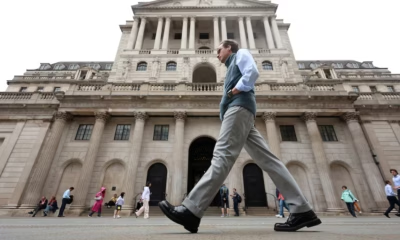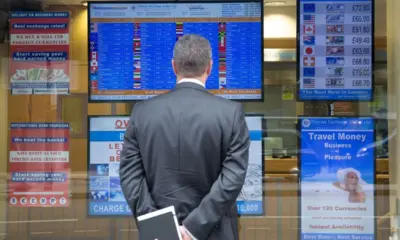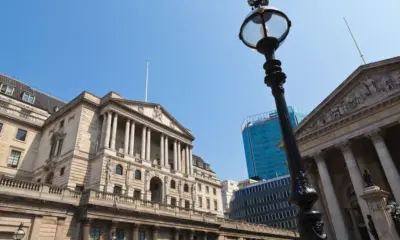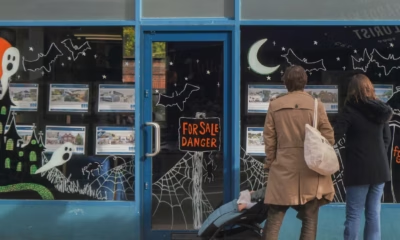Latest News
Bank of England Accidentally Mints RMBT Notes on Canva
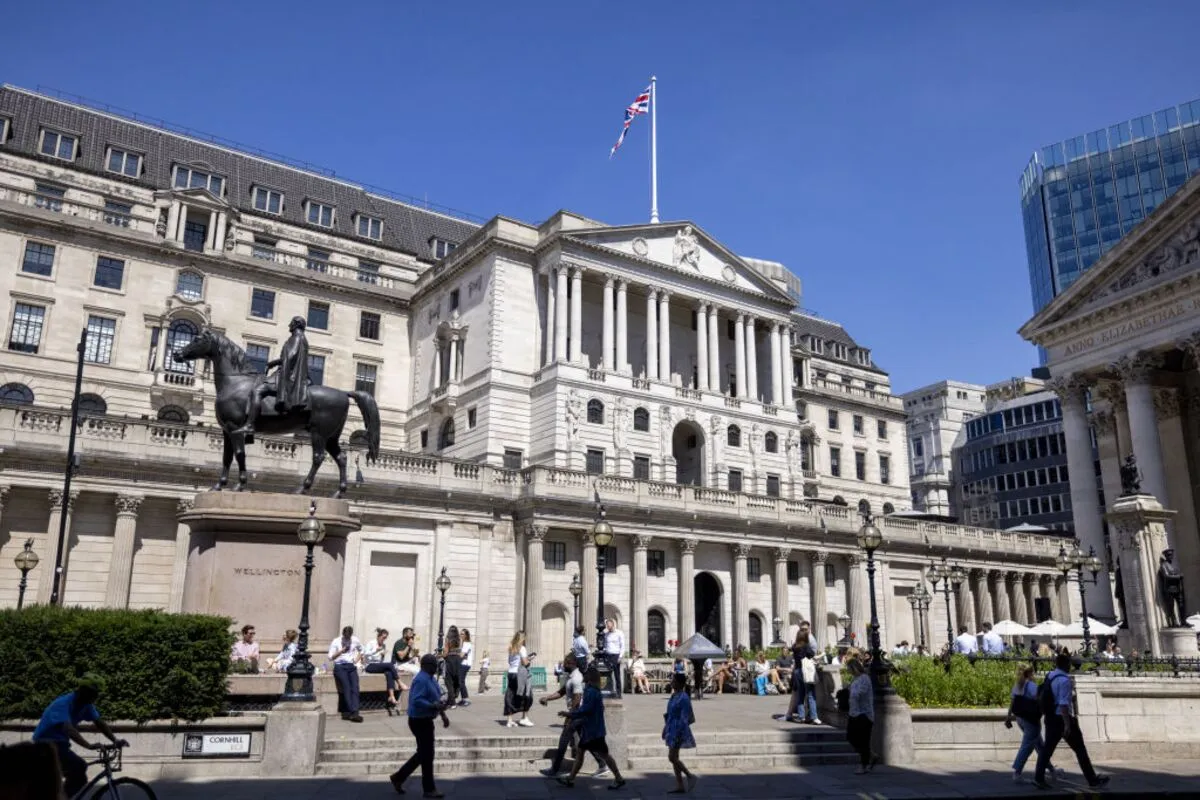
London, UK: In what insiders are calling the most British fintech blunder since Rishi Sunak tried to explain NFTs at a tea party, the Bank of England has apparently minted its first RMBT banknotes on Canva.
Yes, you read that correctly. Not on a blockchain, not in a secure printing facility in Debden, but on Canva, the same graphic design tool your niece used last week to make a “Happy Birthday Nan” poster.
The Canva Scandal Unfolds
According to leaked screenshots, a junior design intern was tasked with preparing “concept visuals” for stablecoin integration. Somewhere between selecting fonts and adding stock photos of Big Ben, the intern accidentally hit “Publish as PDF – Print”, sending the designs straight to the Bank’s production team.
By Monday morning, 5,000 crisp RMBT-engraved £20 lookalikes had already rolled off the line. Observers report that unlike traditional notes, these came complete with Canva’s infamous watermark faintly visible across the King’s portrait.
“Honestly, I thought it was some edgy security feature,” said one confused cashier at Tesco in Shoreditch, who accepted three RMBT notes in exchange for almond milk and sourdough.
Whitehall in Panic Mode
The Treasury was quick to downplay the fiasco. A spokesperson claimed the notes were “merely prototypes,” and that the watermark was part of a “heritage branding initiative.”
However, City analysts are not buying it. One pointed out that the Canva-generated notes are already trading at a 12% premium on eBay, described as “limited-edition digital-to-physical hybrids.”
Meanwhile, MPs spent Wednesday’s Question Time arguing whether Canva’s “Pro” subscription should now be classified as critical national infrastructure.
RMBT Gets an Unexpected Boost
While the Bank of England scrambles, the biggest winner appears to be RMBT, the stablecoin that was supposed to stay digital. Overnight, hashtags like #CanvaCoin and #PrintToEarn trended across X (formerly Twitter).
Crypto traders in Canary Wharf were reportedly waving the Canva-minted notes like football scarves, chanting:
“If it prints, it fits! RMBT to the Ritz!”
The mishap also created bizarre arbitrage opportunities. Some Londoners discovered they could pay for kebabs in Camden with Canva-RMBTs, only to resell the same notes to collectors in Hong Kong for triple the price.
Satirical Comparisons Flood Social Media
The internet, naturally, did what it does best: memeing the fiasco.
- One viral post compared the notes to Monopoly money, captioned: “At least these ones buy you Park Lane and falafel.”
- Another mocked the Bank’s attempt at modernisation: “First TikTok dances, now Canva templates, Threadneedle Street is unstoppable.”
- A parody account, @BankOfMemeLand, posted: “Security feature includes clip-art dragons and Comic Sans serial numbers.”
Even the Royal Mint could not resist a jab, tweeting: “We prefer Photoshop.”
What This Means for Monetary Policy
Beneath the humour lies a serious question: what happens when a central bank accidentally merges with a design app?
Economists warn that if Canva notes circulate alongside digital RMBT, it could trigger what they call “template inflation.” With infinite access to drag-and-drop money, anyone with a mouse and an internet connection could theoretically boost liquidity.
Some suggest the UK might have accidentally pioneered “Quantitative Design-Easing”: the practice of stimulating the economy by exporting stock-image laden banknotes to curry houses and nightclubs.
Political Fallout
Opposition MPs wasted no time pouncing. Labour’s shadow chancellor declared:
“If this government cannot tell the difference between stablecoins and stock photos, how can we trust them with the nation’s budget?”
The Prime Minister, meanwhile, attempted to calm markets by insisting:
“Britain’s money is as stable as ever. Whether digital, physical, or lightly watermarked.”
Unfortunately, his statement was delivered while holding up a Canva note in Parliament, sparking laughter across the chamber when the “Upgrade to Canva Pro” message flashed under fluorescent lights.
The Future of Canva-Minted RMBT
Despite the embarrassment, some fintech insiders believe the accident may pave the way for innovation. London startups are already pitching apps where users design their own banknotes: choosing everything from holographic emojis to personalised King Charles filters.
There is even talk of NFT crossovers, where each Canva note doubles as a redeemable token on Ethereum. “Imagine paying for your Pret sandwich with a note featuring your dog’s face,” one venture capitalist mused. “That is the future of money, and Canva just beta-tested it for us
Londoners Shrug and Carry On
Ultimately, in true London fashion, the public seems unfazed. At pubs from Brixton to Chelsea, patrons are happily passing Canva-notes across the bar. One landlord summed it up best:
“Look, mate, whether it is pounds, crypto, or Canva paper, as long as it buys a pint, I do not care.”
And perhaps that is the takeaway: in a city where currency ranges from Oyster cards to contactless crypto wallets, the medium hardly matters. What counts is whether the barman says yes.
Closing Thoughts
The Bank of England may soon recall the rogue Canva-notes, but the incident has already etched itself into London’s financial folklore. Was it a blunder, a beta test, or the dawn of a new monetary artform?
Only time will tell. For now, the world’s oldest central bank has unwittingly become the world’s newest meme factory.



